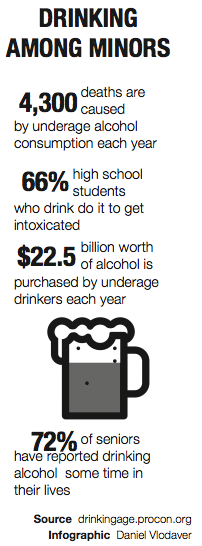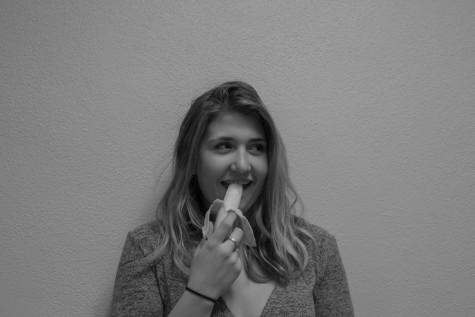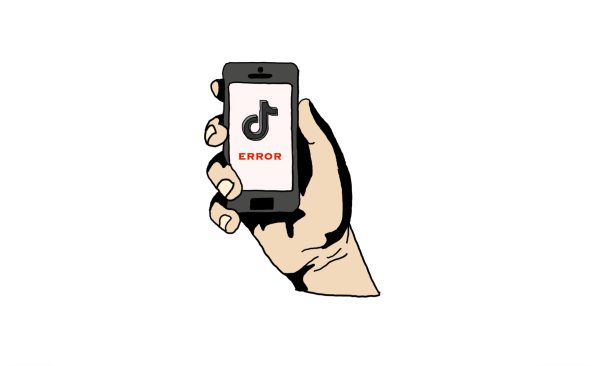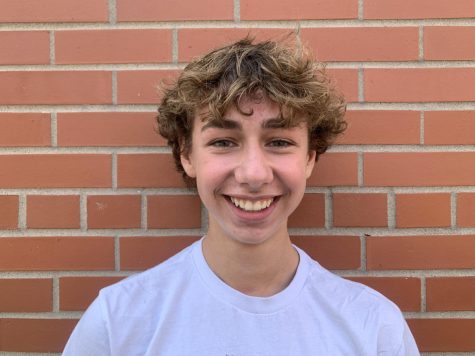Lower drinking age proposed in Minnesota businesses
House representative Phyllis Kahn introduced new bill to allow those 18 and over to purchase alcohol only in bars and restaurants, not in Minnesota liquor stores in an attempt to lower underage drinking.

March 16, 2015
Lowered drinking age eliminates college drinking stigma
Reduced drinking age provides experience
Josh Mesick
Everyone has heard the story; an innocent college freshman ready to take on the world attends a party and wakes up in the local hospital the following morning with no memory of the previous night.
According to the U.S. Department of Health and Human Services, in 2009, 72 percent of high school seniors reported drinking alcohol at some point in their lives. This suggests almost three fourths of high schoolers have experimented with alcohol before graduation.
Changing the legal drinking age will allow parents to feel more comfortable when confronting the topic of drinking, lowering the number of accidents involved. This way, students can ask for certain things such as a ride home in order to avoid drinking and driving.
Some of the biggest hazards involved with drinking are alcohol poisoning and alcohol-related injuries, according to the Federal Trade Commission.
Since the bill is aimed at drinking in bars and restaurants, there will be many factors aimed at increasing safety.
Bartenders and restaurant owners have the right to cut off a customer if they are being unsafe, so 18-year olds will not be permitted to binge drink legally.
According to the National Highway Traffic Safety Administration, the rate of traffic accidents and fatalities in the United States is not nearly as low as that of European countries, which have a legal drinking age of 18.
Because drinking is ingrained in European culture as something casual and acceptable, we are able to see there are not as many alcohol induced crashes because of a more responsible approach to the substance.
The consumption of alcohol is something that is very real for a large portion of the student population and keeping alcohol taboo will continue to inhibit safety.
Higher drinking age keeps young adults safe on the road, in general
Drinking age needs to remain 21 to save lives
Olivia Sieff
The legal drinking age is not just a number State Congresses randomly pick and enforce throughout the respective state. It is an age specifically chosen based on the risks and benefits it provides.
With 21 as the legal drinking age in Minnesota, young adults, along with everyone else, are kept safe for three important reasons.
First, 21 keeps people safe on the road. According to the National Highway Traffic Safety Administration, a drinking age of 21 saves 900 lives annually since being implemented in 1975. The American Medical Association also stated the number of alcohol-related youth deaths among drivers has decreased 63 percent since 1982.
Furthermore, medical research has shown the prefrontal cortex, which controls judgments, weighs good and bad decisions, does not fully develop until the early to mid-20s.
This means that by 18, people may legally be adults but make decisions like children. Giving somebody alcohol who does not have a fully evelopedbrain increases their chances of making harmful decisions, even in a public setting.
Finally, studies show a lower drinking age increases the number of high school students who drink frequently.
In 1978, the National Study of Adolescent Drinking Behavior showed in states with lower drinking ages, sophomores and seniors were less likely to abstain from alcohol than teenagers in states with higher drinking ages.
Lowering the drinking age will make alcohol more readily available to the younger population of teens under 18, along with increasing teenage alcohol consumption.
While a younger drinking age may seem appealing, higher drinking ages provides safety for youth, those on the road and the rest of the population.














